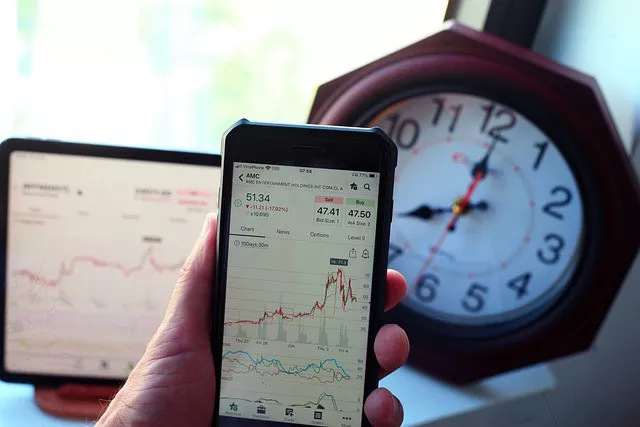Spot silver, an essential precious metal with a wide range of industrial and investment applications, has captured the attention of investors and traders alike. In this article, we delve into the factors influencing the price of spot silver, examine its historical performance, and analyze the current trends affecting the market. From global economic indicators to geopolitical events, we explore the various drivers that shape spot silver’s value and provide insights to help readers make informed decisions in this dynamic and evolving market.
As an integral component of the precious metals market, spot silver has always been a sought-after asset due to its intrinsic value and versatility. Unlike gold, silver plays a vital role in industrial applications, including electronics, photography, and medical devices, in addition to its use as a store of value. This dual demand ensures that the price of spot silver is influenced by a wide range of factors, making it an intriguing subject of analysis for investors and economists alike.
Historical Performance of Spot Silver:
Before delving into the current state of spot silver, it is crucial to understand its historical performance. Over the years, spot silver has experienced significant fluctuations, driven by both economic and non-economic factors. Historically, silver has often exhibited higher volatility than gold due to its smaller market size and industrial demand sensitivity. Studying its past trends provides valuable insights into potential future movements.
Macroeconomic Factors Influencing Spot Silver:
a. Global Economic Indicators:
Spot silver is highly sensitive to economic conditions and can act as a barometer of economic health. Key indicators, such as GDP growth, inflation rates, and unemployment figures, have a significant impact on silver prices. In times of economic expansion, increased industrial demand drives silver prices higher, while economic downturns may cause investors to seek safe-haven assets, leading to increased silver investment demand.
b. Interest Rates and Monetary Policy:
Central bank actions, particularly changes in interest rates and monetary policies, can exert substantial influence on silver prices. Lower interest rates and expansionary monetary policies tend to weaken the dollar, making silver, priced in USD, more attractive to international investors.
c. Currency Fluctuations:
Silver prices are also influenced by fluctuations in major currencies. A weaker dollar tends to increase silver’s appeal to foreign buyers, leading to higher prices, while a stronger dollar may have the opposite effect.
Geopolitical Events and Market Sentiment:
Geopolitical events, such as trade disputes, wars, and political instability, have the potential to create uncertainties in financial markets. As investors seek refuge from market turbulence, they often turn to precious metals, including silver. Market sentiment plays a critical role in shaping spot silver prices, as perceived risks and uncertainties can drive short-term fluctuations.
Industrial Demand and Supply:
a. Industrial Applications:
Silver’s role in various industrial applications makes it subject to demand fluctuations based on economic activity in sectors like electronics, automotive, and renewable energy. As technology advances, the demand for silver in these industries is expected to grow, influencing the metal’s long-term price trajectory.
b. Mining Production:
Silver mining production is a significant determinant of supply levels. Disruptions in mining operations due to labor strikes, geopolitical issues, or natural disasters can impact the metal’s availability and affect prices.
c. Recycling and Stockpiles:
The recycling of silver from electronic waste and other sources can mitigate supply constraints to some extent. Moreover, the existence of large stockpiles of silver can influence market dynamics and price movements.
Investment Demand and Speculation:
Silver is an attractive investment option due to its relatively affordable price compared to gold and its potential for significant price appreciation. As investors seek diversification and inflation hedging, demand for silver as a safe-haven asset can increase, leading to price rallies. Moreover, speculative activities and trading sentiment can cause short-term price volatility.
Conclusion:
Spot silver remains an essential asset for investors, industrialists, and traders due to its diverse applications and role as a store of value. The price of spot silver is influenced by a complex interplay of macroeconomic factors, geopolitical events, industrial demand and supply dynamics, as well as investment demand and speculation. To navigate the silver market successfully, investors must stay informed about global economic trends, geopolitical developments, and industry-specific changes.
As we look into the future, spot silver’s price will continue to be impacted by a myriad of factors. A cautious approach to investing in silver, understanding its unique characteristics and drivers, will be key to capitalizing on the opportunities and managing the inherent risks presented by this fascinating precious metal.


